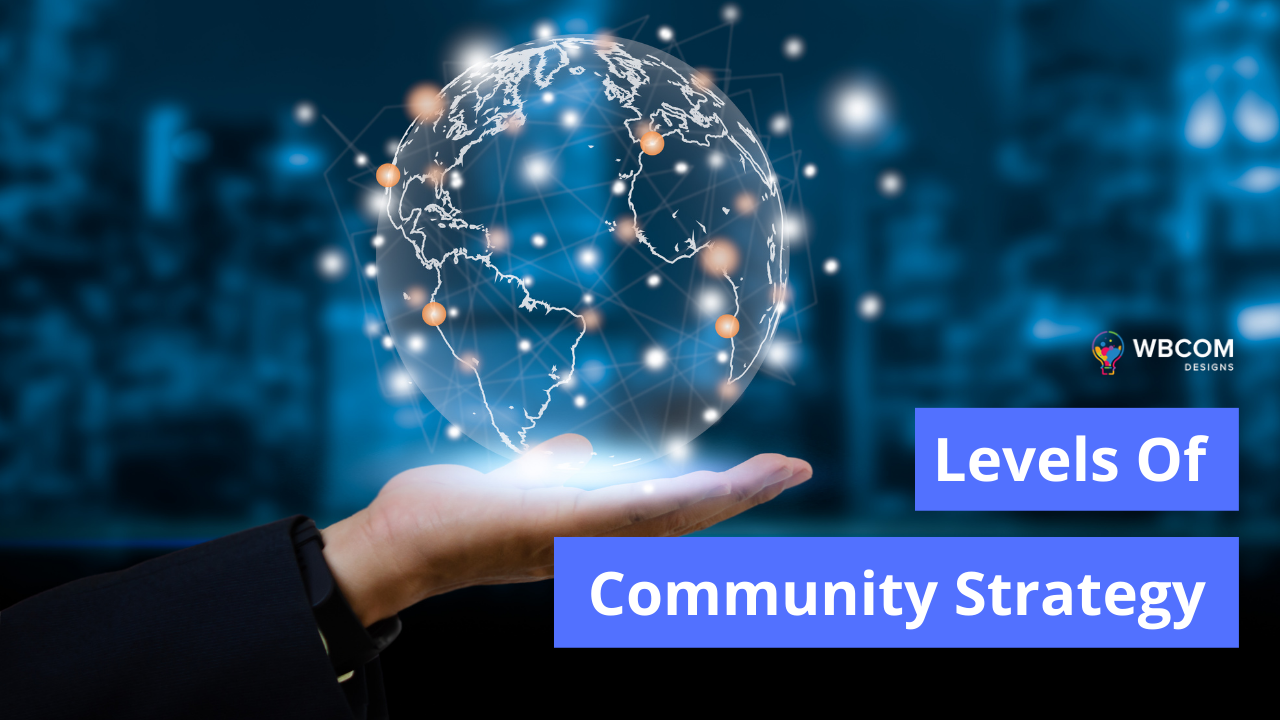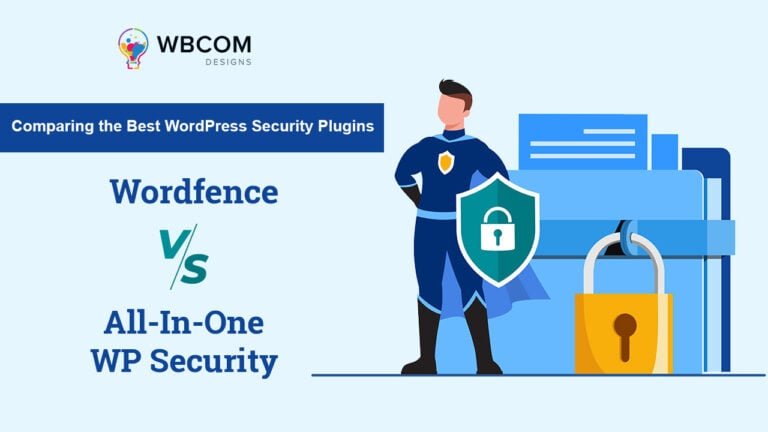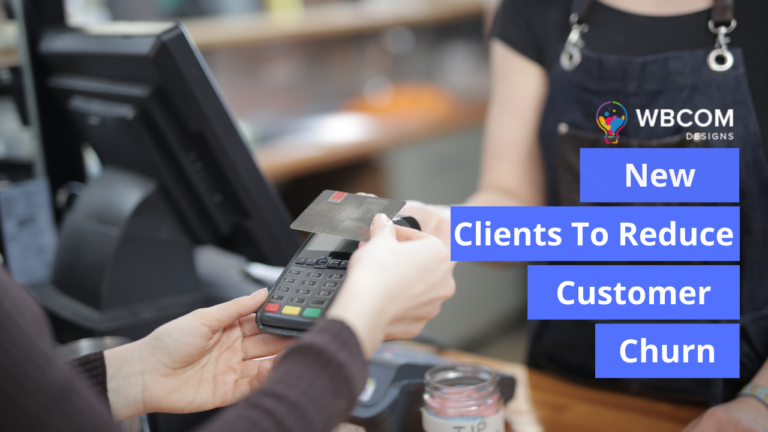Every business needs a community strategy. It can make customers feel like they’re part of the company, help spread the word about your product or service, and build a foundation of brand loyalty. There are three levels of community engagement: Build the Foundation, Grow and Engage, and Measure and Optimize.
This article will teach you how to apply each level of community engagement to your business and measure each strategy’s success. By the end of this article, you’ll be able to craft an effective community engagement strategy to help your business grow and prosper!
Try Reign Theme DemoBuy Reign BuddyPress Theme and Reign addons bundle add-onto create a highly engaging Community Platform Today!
Table of Contents
ToggleWhat is community strategy?
Community strategy refers to an organization’s plan and approaches to build, grow, and engage with its community of users or customers. A well-designed community strategy can help organizations foster deeper relationships with their audience and ultimately achieve business goals. This article will explore the three levels of community strategy and discuss how organizations can leverage each level to maximize their impact.
Level 1: Build the Foundation
The first level of community strategy is building the foundation. This level is about creating the necessary infrastructure to support a community, such as establishing the mission, defining the goals, and setting up the tools and processes. At this level, an organization must identify its core values and how they align with its customers or users. This can include the brand’s mission statement, vision, and values.
It’s also essential to set clear goals and objectives for the community. These goals should be specific, measurable, achievable, relevant, and time-bound (SMART). They should align with the organization’s overall business objectives, such as increasing revenue, expanding the customer base, improving customer satisfaction, or creating brand awareness.
Once an organization has identified its mission, values, and goals, it’s time to establish the tools and processes to support the community. This can include setting up social media channels, creating a community forum, or implementing a customer relationship management (CRM) system. The organization should also define the roles and responsibilities of its community management team, including moderators, administrators, and community managers.
At this level, listening to customer feedback and engaging with them to understand their needs and preferences is crucial. This can include conducting surveys, hosting focus groups, or contacting customers individually. This feedback will help organizations fine-tune their community strategy and ensure it’s tailored to their audience’s needs.
Level 2: Grow and Engage
The second level of community strategy is growing and engaging the community. This level is about building customer relationships and creating a sense of belonging and ownership within the community. Organizations must create meaningful interactions with their community members, provide value, and foster a positive culture.
To grow the community, organizations need to create content that resonates with their audiences, such as blog posts, videos, podcasts, or webinars. This content should be informative, educational, and entertaining, and align with the organization’s values and goals. Creating a consistent publishing schedule is essential to build anticipation and engagement.
Engagement is critical for building a thriving community. Organizations must actively listen to their customers and promptly respond to their feedback. This can include replying to comments on social media, participating in community forums, or hosting events or webinars. It’s also essential to create a culture of inclusivity, where everyone’s voice is heard, and all opinions are respected.
To foster a positive culture, organizations must create guidelines and best practices that set expectations for community members. These guidelines can include rules for posting content, interacting with others, and resolving conflicts. Organizations should also celebrate the achievements and contributions of their community members and provide opportunities for recognition and advancement.
Level 3: Measure and Optimize
The third level of community strategy is measuring and optimizing. This level is all about analyzing the performance of the community strategy and making data-driven decisions to improve it continuously. Organizations need to track key performance indicators (KPIs) and metrics to assess the community’s impact on the business goals.
To measure the community’s impact, organizations should track metrics such as engagement rates, sentiment analysis, customer satisfaction scores, and revenue generated from the community. These metrics can provide insights into the community strategy’s effectiveness and identify improvement areas.
Once an organization has identified areas for improvement, it’s time to optimize the community.
Wrapping It All Up|3 Levels of Community Strategy
In conclusion, a well-designed community strategy can be a powerful tool for building strong customer relationships, fostering a positive brand reputation, and achieving business goals.
Organizations must build a solid foundation to develop an effective community strategy by establishing their mission, values, and goals, setting up the necessary tools and processes, and actively listening to customer feedback.
They must then focus on growing and engaging the community by creating valuable content, fostering inclusivity, and building a positive culture. Finally, organizations must measure and optimize the community strategy by tracking key performance indicators, identifying areas for improvement, and making data-driven decisions to improve continuously.
By following these three levels of community strategy, organizations can create a thriving community that delivers long-term value for the organization and its customers.








